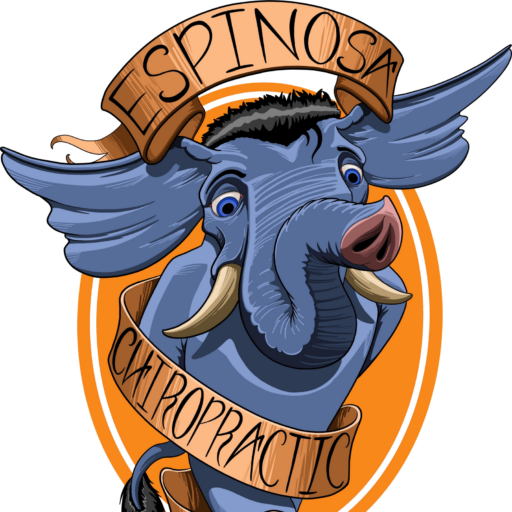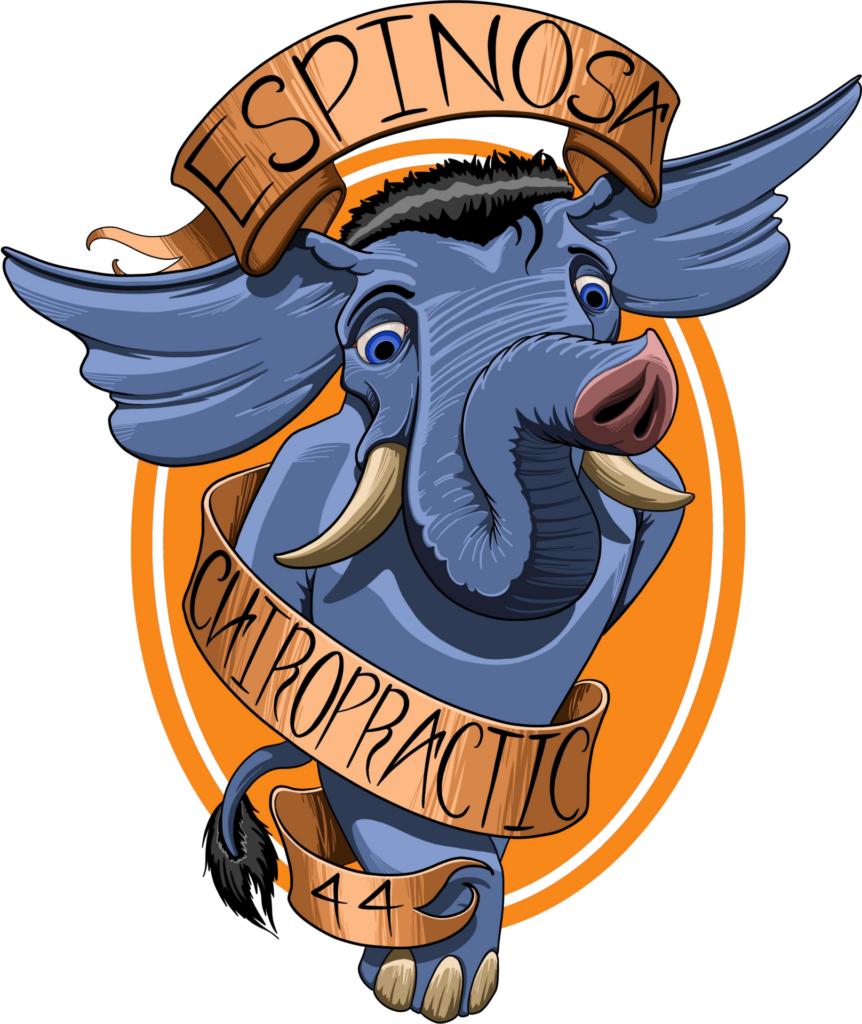Blog
Massage Versus Muscle Tension

Massage fights muscle tension
As an office of chiropractic, we recognize that muscle tension is taking a heavy toll on the average American. Our lifestyles breed muscle tension- the way we sit, the way we work, even the way we relax seems to set us up for chronically tight muscles. Chiropractors also acknowledge that muscle tension is one of the main causes of subluxation; because a tight muscle actively pulls the body out of alignment, subluxation of spinal joints is a natural outcome. So how do we stop muscle tension in its tracks? With massage, of course.
Sleeping Well in Sacramento

Let’s talk about sleep debt
Sleep is a cornerstone of wellness- as you rest, your body is busy pulling a night shift. Recharging your energy is only the tip of the iceberg; as you sleep, cells repair and rebuild, and your immune system and cardiovascular system prepare for another day of action.
The Single Greatest Thing you can Do for your Back

Why does my back hurt? And what can I do about it?
Factors that contribute to back pain include:
- Obesity
- Poor diet
- Posture and excessive sitting
- Mental Stress
- Acute Injury
- Repetitive trauma
Obviously, limiting your spine to the exposure of any of these malefactors is an important way to keep your spine in a state of health. But there is one thing you can focus on more than any other if you are interested in keeping your back pain-free late into life.
Movement of the Spine Powers the Brain

Keeping the spine healthy is a key to overall brain functioning
Your spine is even more important than you thought: keeping the spine in alignment and keeping it moving is linked to positive maintenance of mental health- indeed, the health of your spine has a significant say in determining your mental health including emotional stability and motor control. Keeping the pathways of communication between the brain and spinal nerves open and free of interference is an essential part of wellness.
What is the enemy of movement? Subluxation
The brain requires constant input from the nervous system to keep functioning. Movement, reaction and sensory stimulation is responsible for the majority of signalling that occurs between brain and body. Subluxation of the spinal joints has a domino effect of negative health outcomes regarding the spine and the brain. With subluxation, movement of the spine is restricted.
Chiropractic adjustments mean better health and improved brain function
By aligning the spine, chiropractic effects a whole range of health benefits in the brain. A properly aligned spine maintains and protects the pathways that facilitate the neurological stimulation between spinal joints and the brain. This is important not only know but as we move forward in age. Your brain and spine share a symbiotic relationship- as an office of chiropractic we focus on maintaining the proper alignment of your spine so that your brain can operate to its maximum potential.
If you are interested in finding out more about how movement of the spine influences neurological functioning, give our office in Sacramento a call to schedule an appointment today.
Keeping your Spine Aligned Day by Day

Paint the picture of good bodily alignment
Proper alignment of the body refers to a position in which the head, shoulders, spine, hips, knees and ankles, all the major joints of the body are aligned in such a way that causes minimal pressure to the structures and muscles of the body. But the crux of this whole image is the spine, so most of our efforts at alignment will either bear fruit or fall short based on how we manage the alignment of our spine.
Heat and Ice: Nature’s Original Painkillers

Choosing heat and ice for muscle pain
Heat and ice fit in with the chiropractic adherence to drug-free pain management. For anyone struggling with chronic muscle pain, heat and ice can do wonders when used correctly. “Correctly” being the operative word; many people don’t know (or don’t care to know) the difference between the two. But understanding the difference helps you to determine when to use heat or ice to maximum effect. Do you know what heat and ice do for you? Read on to find out.
Making Childbirth Easier with the Webster Technique

When it comes time for childbirth, the breech position can pose a serious problem
Though there are multiple sub-types of breech positioning, the term essentially refers to a baby that presents before childbirth with a feetfirst or bottomfirst position, rather than head first. Occurring in 3-4% of pregnancies, breech is known to cause many complications during childbirth and often involves surgical intervention to protect both mother and child. Fortunately there is a technique that is very effective for moving the child into a fetal position more conducive to childbirth: the Webster technique.
What can I do if my baby is in breech?
Fetal positioning can be influenced by chiropractic. The Webster Technique utilizes specific adjustments to align the spine through the pelvic region, reduce intrauterine restraint and help encourage the baby to move into a healthy position for birth. By alleviating nerve compression, we facilitate smooth nervous system functioning throughout the spine and body, and contribute to the proper alignment of the pelvic muscles and ligaments.
Making an easier birth in Sacramento
Breech positioning adds on to the stress of one of the most intense processes in the human experience. We want to help reduce this stress with the Webster Techique, allowing you to approach childbirth with confidence and a baby presenting the way it is supposed to: head first! If you are interested in our services for pregnant women in Sacramento, give our office a call to schedule an appointment today.
Making a Less Painful Pregnancy in Sacramento

Sacramento, is there such a thing as a pain-free pregnancy?
The answer is no, but there are steps you can take to mitigate the so-called, “standard pains of pregnancy;” the ones that every mother-to-be complains about- pains in the lower back. At Espinosa Family Chiropractic, we specialize in chiropractic care for women at all stages of their pregnancy.
Why is chiropractic care important for pregnant women?
As an adjunct to the pregnancy services offered by your doctor, chiropractic is important for managing the body changes that come with pregnancy. We seek to:
- Support efficient nervous system and immune system functioning
- Prevent the aches and pains of pregnancy
- Create a nurturing environment with plenty of room for the baby to grow
- Minimize the possibility of surgical intervention during childbirth
- Prevent dystocia
The changes in a woman’s body during pregnancy in Sacramento
During pregnancy, the reproductive hormone relaxin is released in elevated quantities, loosening ligaments in the pelvis to help make way for the passage of the child. The unfortunate side effect is that this leaves the base of the spine weakened. Then you add on the weight of the growing child and the shifting center of gravity and you have a recipe for lower back pain.
Chiropractic supports pregnancy in Sacramento
A common result of the aforementioned situation is misalignment in the spine, especially in the lower back. Chiropractic adjustment helps to rectify this situation, utilizing a specialized table just for pregnant women. By maintaining spinal alignment and treating myofascial pain, the following objectives are achieved:
- Maintain alignment and proper curvature of the spine
- Decrease physical tension and mental stress
- Decrease tension on the womb, known as intrauterine restraint, which reduces the amount of room available to the baby to grow.
- Increase immune function
If you are interested in finding out more about how our chiropractic care can support your pregnancy, give our office in Sacramento a call to schedule an appointment today.
The Best Exercise Your Back Isn’t Getting

Are you a person who sits in a chair for most of the working day?
Here’s what sitting all day, every day is doing to your back, from a chiropractor’s perspective:
- Intervertebral discs: sitting, especially with poor posture, puts more pressure on your spine than any other position. Sitting prevents oxygen and nutrients from replenishing your intervertebral discs and causes them to lose flexibility.
- Muscles in the back: abdominals are less-used when sitting, causing them to weaken depending on how much you sit.
- Hips: your hips tighten up in a sitting position, limiting their range of motion. Your glutes also weaken and hamstrings become tight, creating a pull on the base of the spine.
“But, I have no alternative to sitting!” you say. Read on to find the perfect antidote to the damages of sitting
Getting Rid of Tension Headaches in Sacramento

Tension headaches in Sacramento
Tensions headaches can be merciless. They are the most common type of headache, a category of pain that is among the most common reason for doctor visits in the United States.
